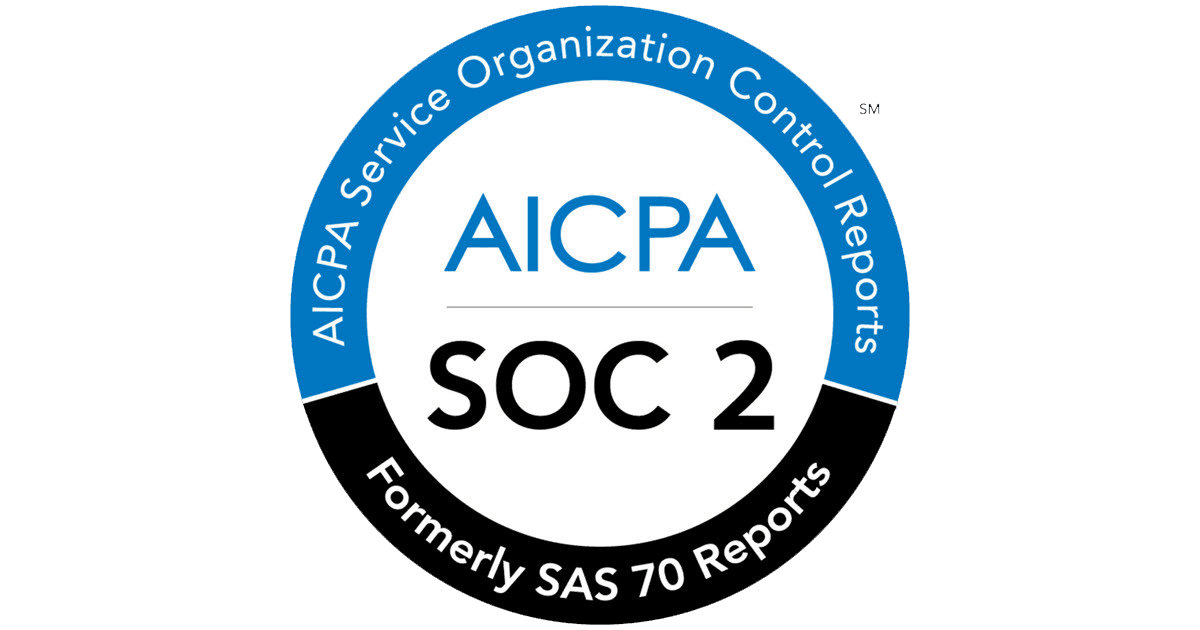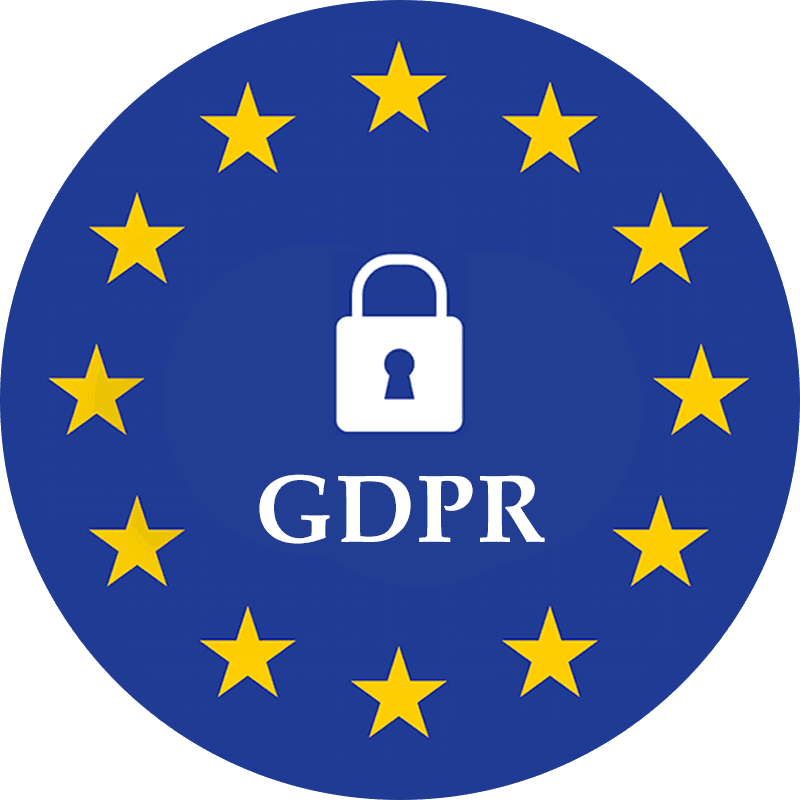All Blogs
17 Oct 2025
Why Do Insurance Premiums Increase on Renewal?
E-commerce in India has matured. Customers are shopping across categories, paying digitally, and getting orders delivered to remote towns in days.
E-commerce in India has matured. Customers are shopping across categories, paying digitally, and getting orders delivered to remote towns in days.
E-commerce in India has matured. Customers are shopping across categories, paying digitally, and getting orders delivered to remote towns in days.

Shubhang Chokhani
Shubhang Chokhani
Shubhang Chokhani
Brand Strategist
Brand Strategist
Brand Strategist
Fintech
5 min read
5 min read
5 min read


Insurance premiums often increase at the time of renewal due to various factors. While some of these are within your control, others depend on industry trends and economic factors.
Key Insights:
Claims history and insurance lapses can increase premiums.
Aging and inflation make policies costlier over time.
People in high-risk pools (risky jobs, accident-prone lifestyles) face higher premiums.
Medical inflation results in rising health insurance costs.
Why Do Insurance Premiums Increase at Renewal?
The fundamental principle of insurance is risk assessment.
How does it work?
Higher risk → Higher premium.
If an insurance company detects increased risk, the premium goes up.
Let’s explore the factors that impact premium increases.
Controllable Factors That Can Increase Premiums
1. Claims History
More claims = Higher risk = Increased premium.
Customers who frequently file claims are seen as high-risk.
Premiums increase if multiple claims are made within 4-6 years.
Example:
A motor insurance company will increase premiums if a customer files accident claims frequently.
Golden Rule:
Only make claims for significant losses. Avoid claiming for minor repairs to keep your premiums low.
2. Lapse in Insurance Coverage
If you miss premium payments, you lose accumulated discounts.
A policy lapse occurs when an individual fails to pay premiums on time.
No-claim bonuses (NCB) and discounts are lost, increasing the cost of a new policy.
Insurance companies may increase premiums when renewing a lapsed policy.
Pro Tip: Always renew your policy on time to avoid higher premiums later.
Uncontrollable Factors That Increase Insurance Premiums
1. Age
The older you get, the higher your insurance premium.
Life & health insurance premiums are age-dependent.
Older individuals face higher medical risks, leading to increased costs.
Best Strategy:
Get an insurance policy at a young age to lock in lower premiums for life.
2. Risk Pool & Lifestyle Choices
Your premium depends on the risk profile of people in your group.
If you belong to a high-risk group, your premiums may increase collectively.
People in risky professions (mountain climbers, stunt performers, pilots, etc.) have higher insurance costs.
However, employer tie-ups with insurers can help employees get lower rates.
3. Natural Disasters & Regional Risks
Living in a high-risk area increases insurance costs.
If your region is prone to earthquakes, floods, or hurricanes, insurers adjust premiums accordingly.
Higher risk of property damage = Higher premium.
Example: Homeowners in flood-prone areas pay more for home insurance than those in safer locations.
4. Inflation in Healthcare Costs
Medical inflation leads to higher health insurance premiums.
Hospitalization, surgeries, and treatment costs increase yearly.
Insurers adjust health insurance premiums to keep up with rising healthcare expenses.
How to avoid this?
Choose an insurance plan that accounts for medical inflation.
Get insured early and renew without fail to secure lower premiums.
Conclusion
Key Takeaways:
Insurance premiums increase due to risk assessment and economic factors.
Maintaining a low claims history can help reduce increases.
Renew policies on time to avoid losing no-claim bonuses.
Buying insurance at a young age helps lock in lower premiums.
Consider long-term insurance plans that account for inflation.
Always compare renewal offers and negotiate for better rates when possible!
Insurance premiums often increase at the time of renewal due to various factors. While some of these are within your control, others depend on industry trends and economic factors.
Key Insights:
Claims history and insurance lapses can increase premiums.
Aging and inflation make policies costlier over time.
People in high-risk pools (risky jobs, accident-prone lifestyles) face higher premiums.
Medical inflation results in rising health insurance costs.
Why Do Insurance Premiums Increase at Renewal?
The fundamental principle of insurance is risk assessment.
How does it work?
Higher risk → Higher premium.
If an insurance company detects increased risk, the premium goes up.
Let’s explore the factors that impact premium increases.
Controllable Factors That Can Increase Premiums
1. Claims History
More claims = Higher risk = Increased premium.
Customers who frequently file claims are seen as high-risk.
Premiums increase if multiple claims are made within 4-6 years.
Example:
A motor insurance company will increase premiums if a customer files accident claims frequently.
Golden Rule:
Only make claims for significant losses. Avoid claiming for minor repairs to keep your premiums low.
2. Lapse in Insurance Coverage
If you miss premium payments, you lose accumulated discounts.
A policy lapse occurs when an individual fails to pay premiums on time.
No-claim bonuses (NCB) and discounts are lost, increasing the cost of a new policy.
Insurance companies may increase premiums when renewing a lapsed policy.
Pro Tip: Always renew your policy on time to avoid higher premiums later.
Uncontrollable Factors That Increase Insurance Premiums
1. Age
The older you get, the higher your insurance premium.
Life & health insurance premiums are age-dependent.
Older individuals face higher medical risks, leading to increased costs.
Best Strategy:
Get an insurance policy at a young age to lock in lower premiums for life.
2. Risk Pool & Lifestyle Choices
Your premium depends on the risk profile of people in your group.
If you belong to a high-risk group, your premiums may increase collectively.
People in risky professions (mountain climbers, stunt performers, pilots, etc.) have higher insurance costs.
However, employer tie-ups with insurers can help employees get lower rates.
3. Natural Disasters & Regional Risks
Living in a high-risk area increases insurance costs.
If your region is prone to earthquakes, floods, or hurricanes, insurers adjust premiums accordingly.
Higher risk of property damage = Higher premium.
Example: Homeowners in flood-prone areas pay more for home insurance than those in safer locations.
4. Inflation in Healthcare Costs
Medical inflation leads to higher health insurance premiums.
Hospitalization, surgeries, and treatment costs increase yearly.
Insurers adjust health insurance premiums to keep up with rising healthcare expenses.
How to avoid this?
Choose an insurance plan that accounts for medical inflation.
Get insured early and renew without fail to secure lower premiums.
Conclusion
Key Takeaways:
Insurance premiums increase due to risk assessment and economic factors.
Maintaining a low claims history can help reduce increases.
Renew policies on time to avoid losing no-claim bonuses.
Buying insurance at a young age helps lock in lower premiums.
Consider long-term insurance plans that account for inflation.
Always compare renewal offers and negotiate for better rates when possible!

Ready to level up?

Ready to level up?

Ready to level up?

Assurekit is a full-stack digital insurance platform built for growth, that enables anyone to create, sell and manage contextual insurance products in a plug-and-play manner



©2024 Assurekit technology & service pvt ltd

Assurekit is a full-stack digital insurance platform built for growth, that enables anyone to create, sell and manage contextual insurance products in a plug-and-play manner



©2024 Assurekit technology & service pvt ltd

Assurekit is a full-stack digital insurance platform built for growth, that enables anyone to create, sell and manage contextual insurance products in a plug-and-play manner



©2024 Assurekit technology & service pvt ltd